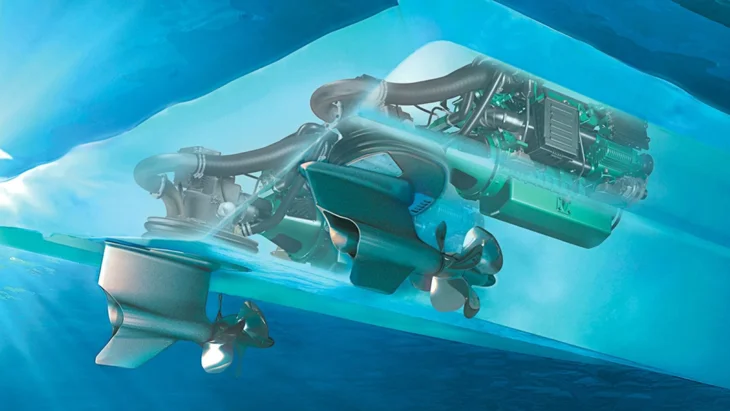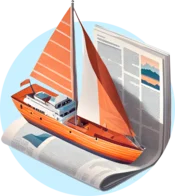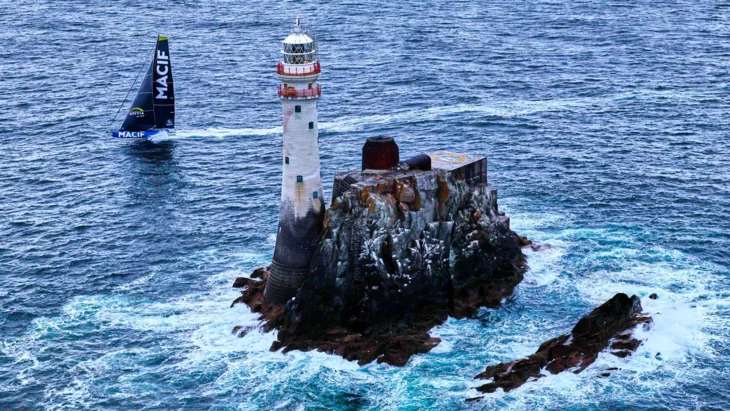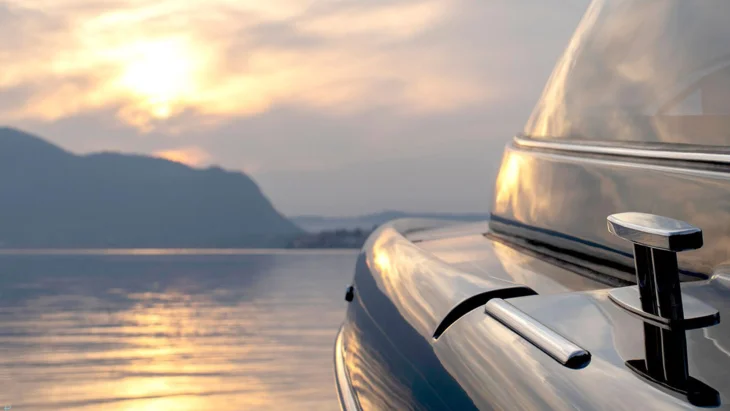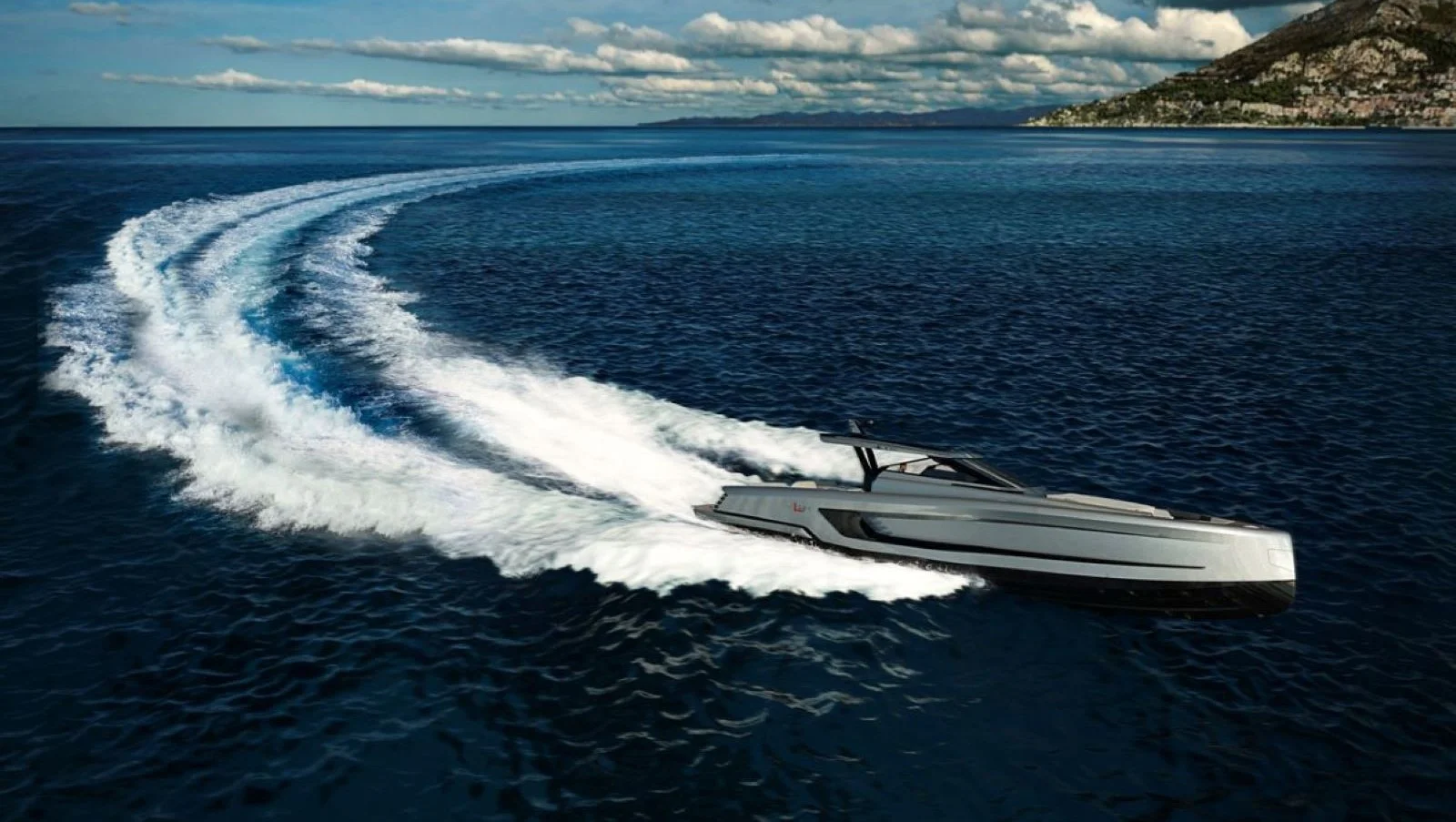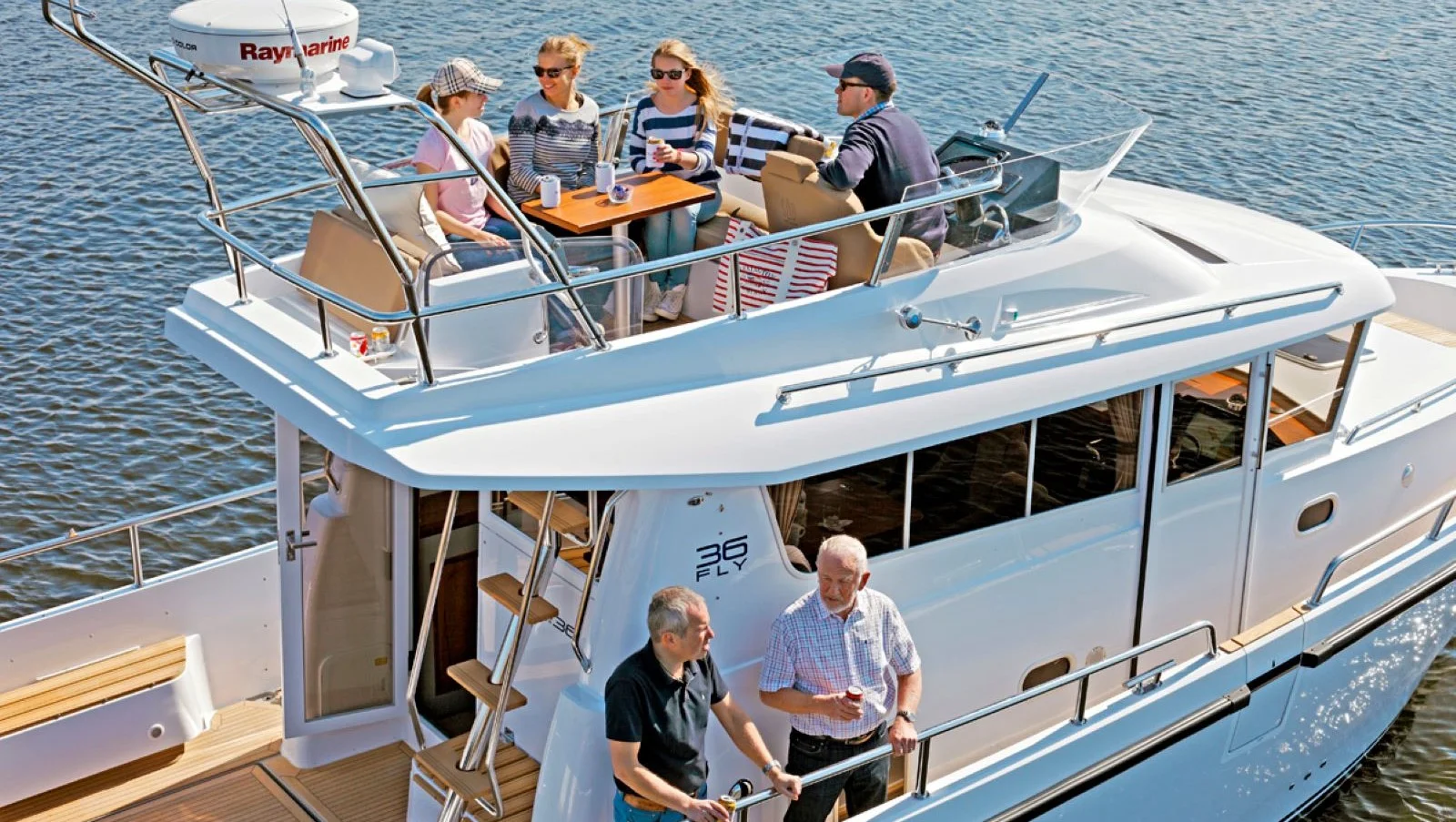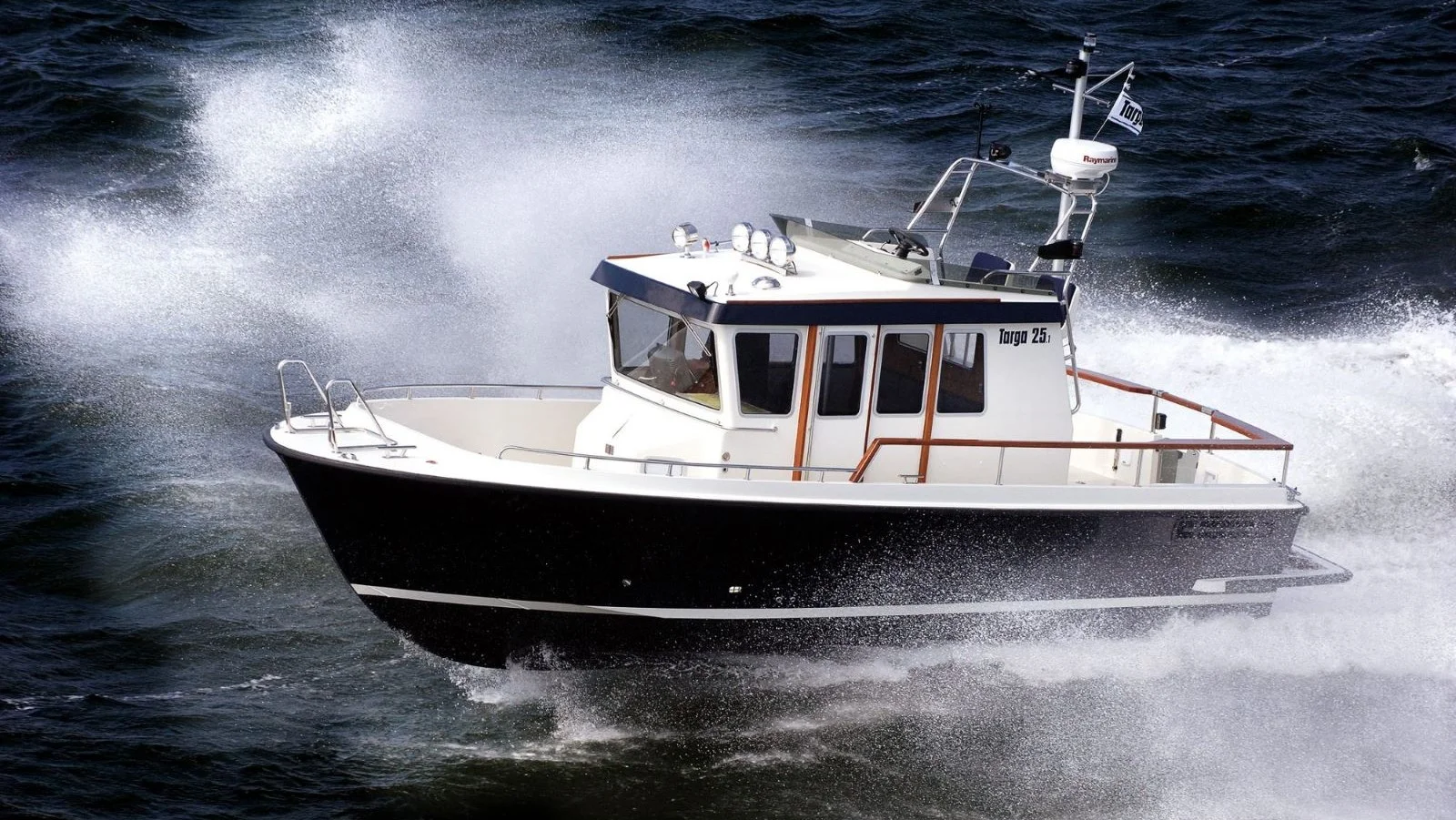Maximum speed: expectations and reality
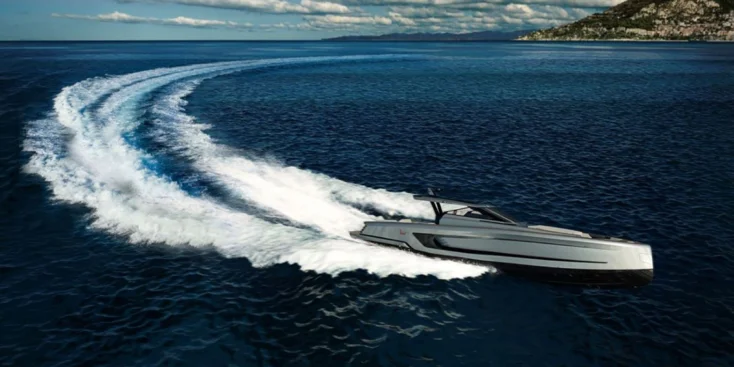
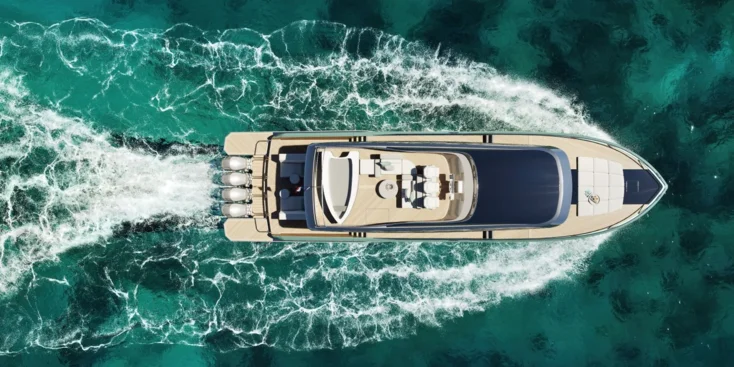
«And how fast can it go?” is a standard question asked at a boat show, while looking over a model that you liked
At least it is so for those who have never bought a boat or a yacht before. More experienced owners understand that the top speed figures are quite relative and depend on a lot of different factors. So, this article is meant for those who are just going to become boat owners and find performance characteristics important.
Engine power
When you look at a boat’s specifications on the Internet you can often see the top speed figures. If it is a brand-new boat that you order from a shipyard, you will also find the information that the given model can be equipped with different engines. In case it is a large yacht, there are usually two or three propulsion systems to choose from, while for more compact boats there can be over a dozen options, particularly if it is a boat with one or two or more outboard engines.
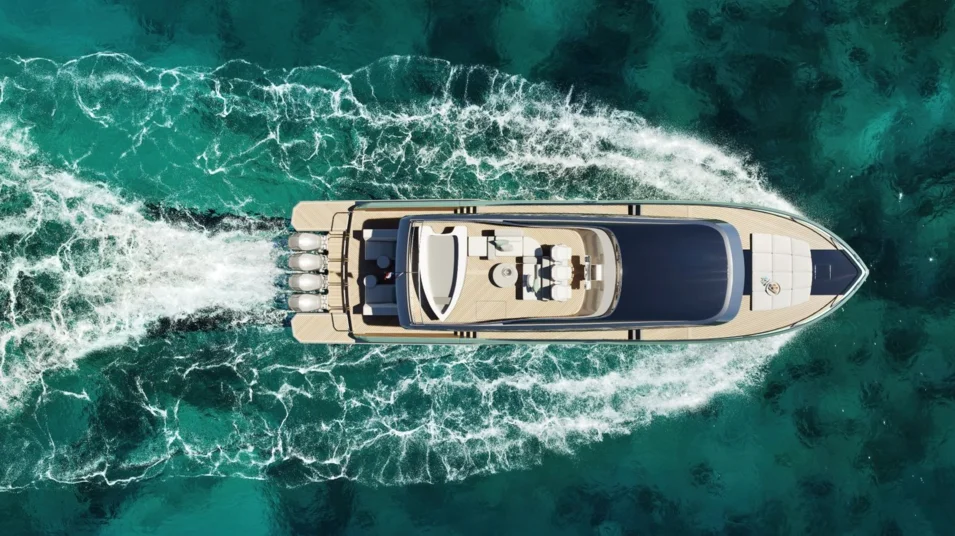
Sometimes the same model can be equipped both with outboard and inboard engines, which increases the spread for top speed values for a particular unit even more. It is not always possible to provide the test characteristics for this ton of offers, as when shipyards publish this information, they normally give the top speed delivered by the most powerful engines possible. And later, with an asterisk*, mention the fact that the given figures cannot be guaranteed as they depend on different factors (see more about them below). A lot of web sites do not even bother to explain it at all, which, in fact, does not change the point: all this data is approximate.
Boat load
Even if the data about speed tests is provided, normally it is not too detailed. They may often say ‘at half load’ or ‘at quarter load’, etc. So, you can only guess what they imply. As a rule, a boat is tested with a minimum fuel and water in the tanks, without a tender or any other extra equipment, and with two or three people on board.
Now imagine that you want to go boating for a weekend or a week…You fuel your boat to the hilt, invite a large bunch of friends and get a jet ski or some other water toys in addition to the tender. You are very unlikely even to approach the speed values that you were promised.
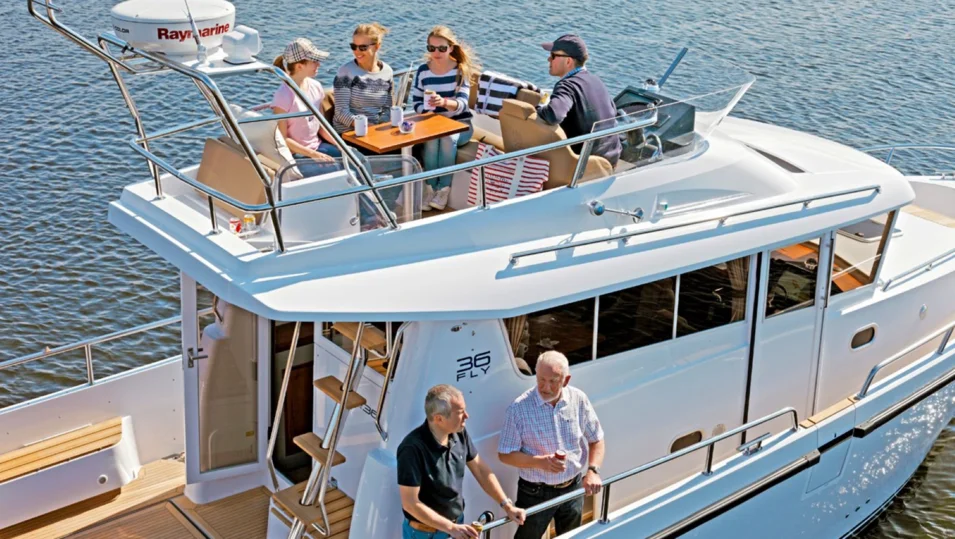
The smaller the boat, the more influence all this weight has on its speed. But it does matter even for quite large yachts. And don’t forget about the vessel’s extra outfitting. For instance, optional stabilizers – both gyro and fin ones – decrease the speed quite substantially.
Weather conditions and other natural factors
When you go for a test drive, you usually choose a day when the weather is good, and the water is smooth, so that it’s safe and easy to maneuver and reach the maximum that the engines are capable of. In real life the weather can be different: you might face a headwind, a current or a choppy swell. And it is not that the speed will decrease considerably in this situation. This kind of conditions will simply now allow you to go at a maximum speed: common sense will tell you it’s better to slow down.
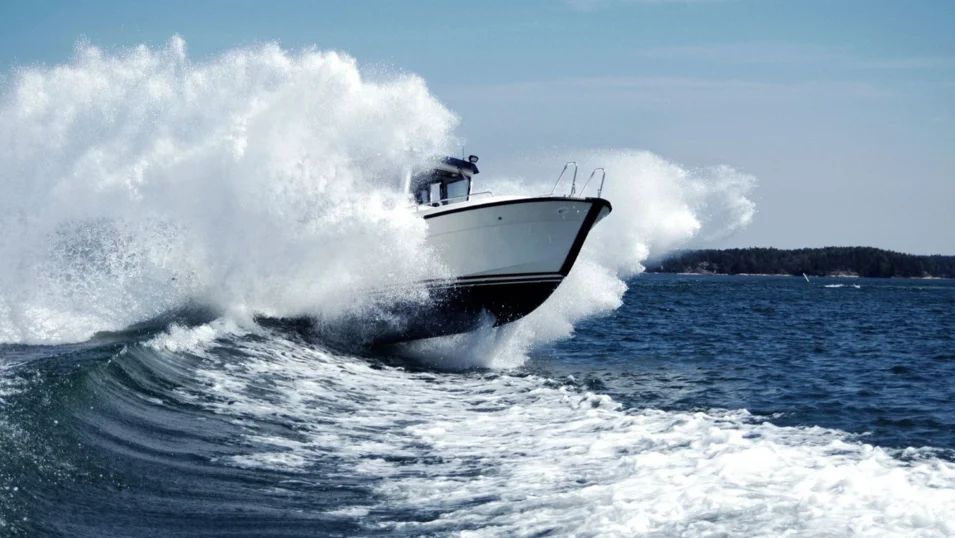
Conclusions
When selling a yacht or a boat to you, a real industry professional will surely tell you: ‘Nobody travels at a maximum speed all the time’. And this is absolutely true. It is unreasonable in terms of fuel consumption, engines lifetime and safety. So, when choosing a boat, it’s a good idea to look at the cruising speed. Propelling at a maximum makes sense if you have to ‘run away’ from bad weather and reach the port as soon as possible. That is a real bonus of high-performance yachts and boats. And in a regular situation it is better just to keep an eye on your boat and find your optimal combination of speed and fuel consumption.
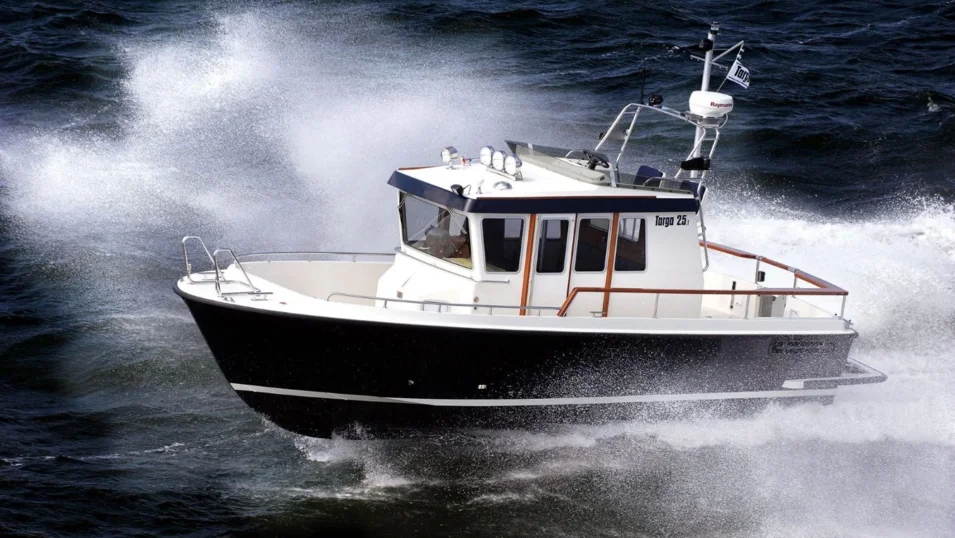
If you do need maximum accurate data about speed characteristics, then opt for test drives run by yachting journalists. If the test is professional, there will surely be all the necessary data: engine capacity, vessel load, extra equipment and definitely weather conditions – up to the air and water temperature. But you shouldn’t expect any pinpoint accuracy here either just like with car test drives. Water is a much more complicated element than the road.
You have successfully subscribed to our newsletter
